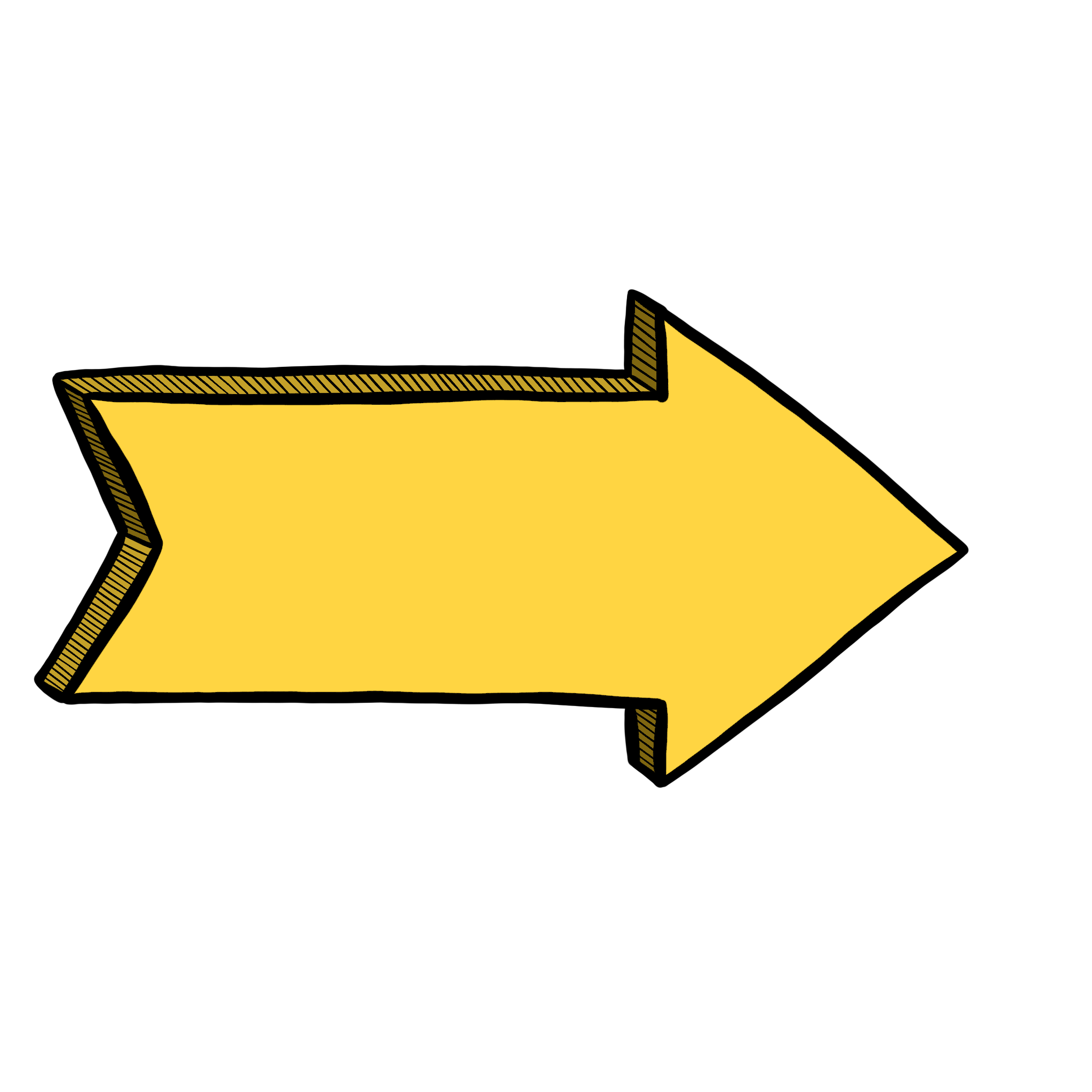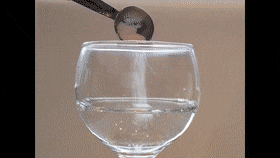Week 5
Class 1: Mixtures
In science the word "pure" describes something
only containing a single substance. Pure water
contains just water, with no other substances
mixed with it.
A mixture is not pure. It is made up of
different kinds of particles that are
mixed together. The mixture may be of
elements, compounds or both. There are
solids, liquids and gases that are mixtures.
During the following classes, we will learn the difference between a mixture and a solution.
Mixtures and solutions are a common occurrence in our everyday lives. They are the air we breathe, the drinks and foods we consume, and the fabrics we clothe ourselves in. By studying how chemists distinguish pure substances from mixtures and solutions, you will start to appreciate how matter is organized at the atomic level. Knowing this, we can manipulate matter to improve our health and quality of life.
Then, you will solve the activity in the notebook:
1. Air is a mixture of different gases.
Look at the picture showing the gases
we can find in the air and:
a) Draw them
b) Write the formula for each one
c) Which ones are elements? how
can you tell?
d) Which ones are compounds?
e) Explain why air is a mixture, not
a compound.
2. The diagrams show the atoms in four different substances. Each circle represents an atom.
Complete the following table by drawing the diagrams representing the molecules:
3. In the picture we can see
some particles in air. The orange
circles represent oxygen atoms.
The blue circles represent nitrogen
atoms. The black circles represent
carbon atoms. The white circles
represent hydrogen atoms. Which is
the most common element in air? Which
is the least common compound?
4. Look at the lists of substances in the table. Write the list that only contains mixtures:
5. Write an example of a mixture that includes:
a) Solid - Solid
b) Solid - Liquid
c) Liquid - Gas
d) Liquid - Liquid
6. Alloys are mixtures. Give two examples of alloys
explaining the elements that were mixed and what is
the use of that alloy in real life.
When you add a spoonful of sugar or salt into
water it seems to disappear. This is called
dissolving (disolverse). You get a colorless
solution. The substance that dissolves is called
the solute. The substance that it dissolves into
is called the solvent.
A solution is a mixture. All solutions are transparent
or at least translucent (you can see through them),
this is why milk is not considered a solution, it is
opaque and you can not see through it.
Even if the solute seems to "disappear" in the solvent, it is still there, the molecules have simply spread out among the water molecules.
Today we will learn more about solutions as we solve some questions about them and at the same time, we create and then separate a salty solution:
Before you start solving this activity follow these instructions:
-
Measure 180 ml of water in the beaker
-
Add 2 spoons of salt
-
Stir the solution until the salt completely dilutes into the water
-
Put it on the stove at a high temperature
-
Once it starts boiling, measure the temperature of the water
-
Wait for as long as needed (you must see a change in the solution)
1) What was the color when you initially dissolved the salt in the water? how did it change after the water started getting hot? Why did this happen?
2) Mass is conserved when a solution is made. This means that to find the final weight of the solution you just have to add both weights. If we say a spoon of salt weighs 2.5 grams and 180 ml of water weigh 180 grams, what is the weight of the solution you just created? (take into account that we used 2 spoons of salt, not one)
3) In this solution:
a) Which is the solvent, and which one is the solute?
b) At what temperature did it boil?
4) Visit this PHET simulation and answer:
a) What happens to the Na and the Cl ion when the salt is added to the water?
b) Draw the salt molecule before it touches the water and then draw the solution and label the Ions (Na, Cl)
5) What happened at the end of the experiment with the solution you created?
6) What property was used to separate the solution? (What was the difference between the solute and the solvent that was useful to separate them?)
7) How could this knowledge be useful to a
person who has been shipwrecked (naufragado)
and finds himself/herself without water in the
middle of the ocean or on an island?
Check this link if you have no idea: LINK
8) Write one CONCLUSION from this
lab practice (What did you learn?)
And now, some very academic jokes:


Watch the
introductory video



Compounds
Elements


Class 2: Solutions




Not a solution!







